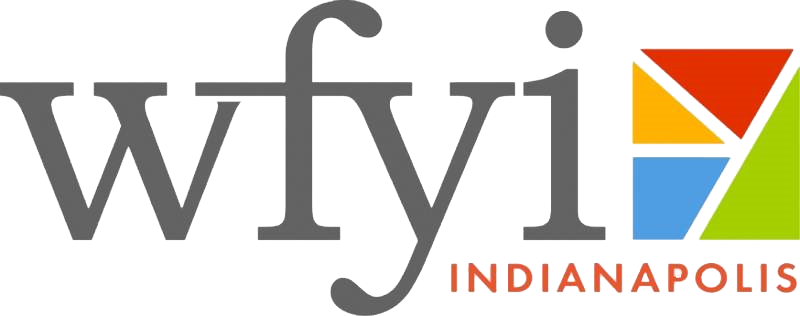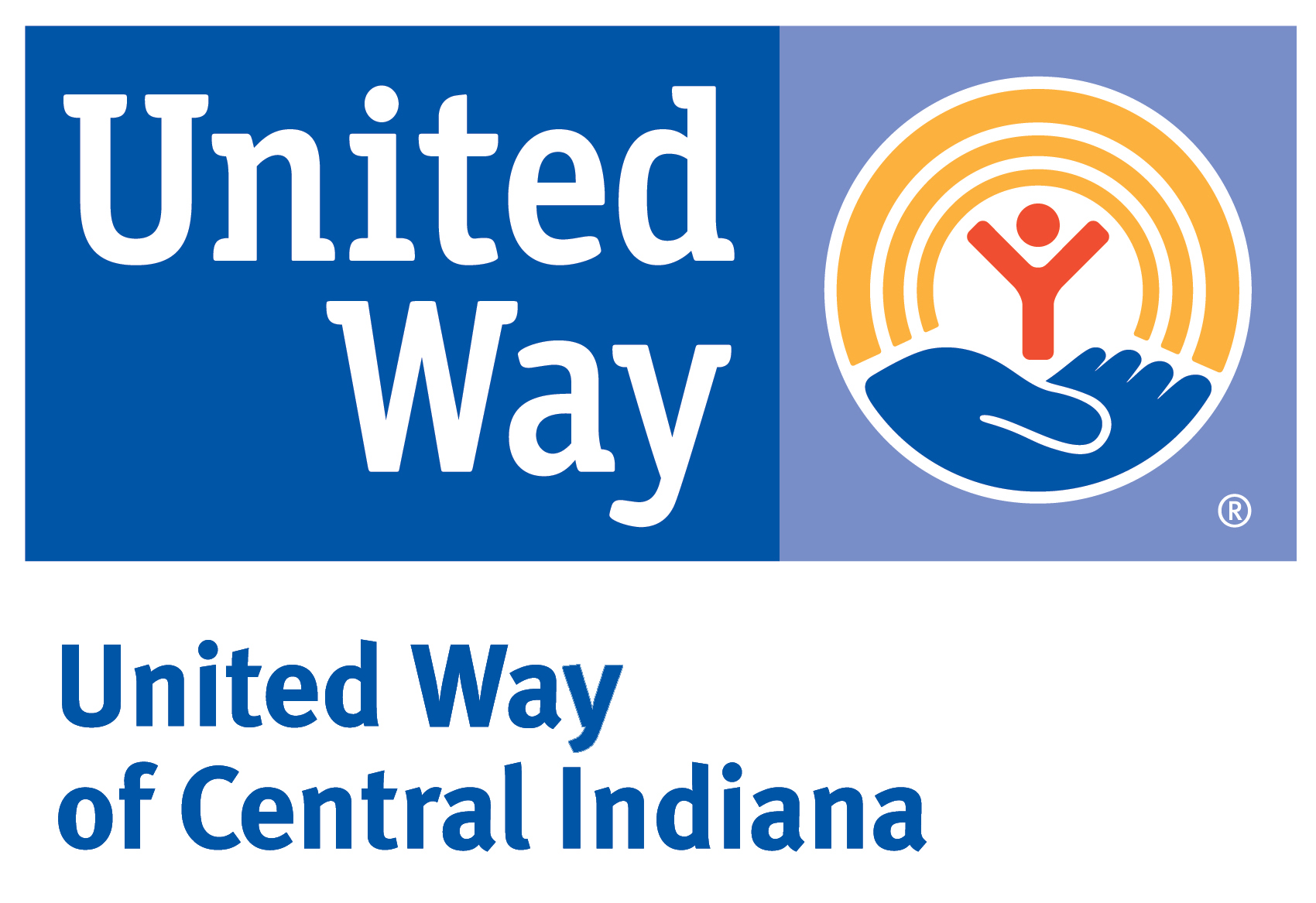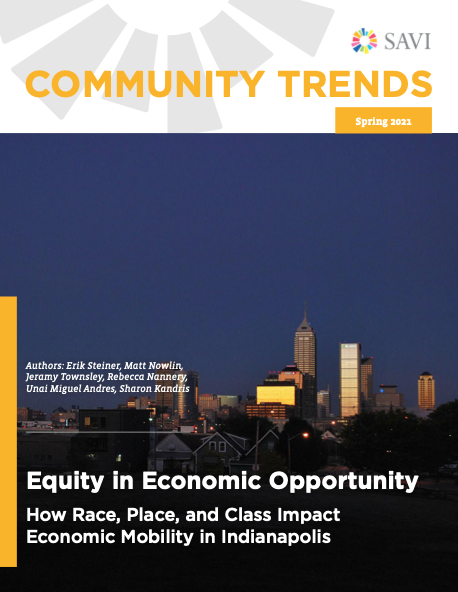Equity in Economic Opportunity
SAVI Talks - March 25, 2021Building on research by Harvard’s Raj Chetty and his team, we are developing new insights and highlighting findings about opportunity in Indianapolis neighborhoods. The average child born into a high-income family in Indianapolis earned $50,000 in household income when they were about 35. Children born to low-income families grew up to earn $27,000.
- Indianapolis’ level of opportunity for low-income children is lower than all but two of the largest U.S. cities. Only Atlanta and Charlotte have worse outcomes than Indianapolis.
- The average Black child born in Indianapolis earns $9,000 less than the average White child. There is a spatial disparity too: In many neighborhoods, children who grew up there earn less than $20,000 per year. In other neighborhoods, children born at the same income level grow up to earn $35,000 or more.
- Neighborhoods that are segregated clearly have lower opportunity outcomes for children. People born into Redlined neighborhoods have less economic opportunity, even when controlling for their parents’ income.
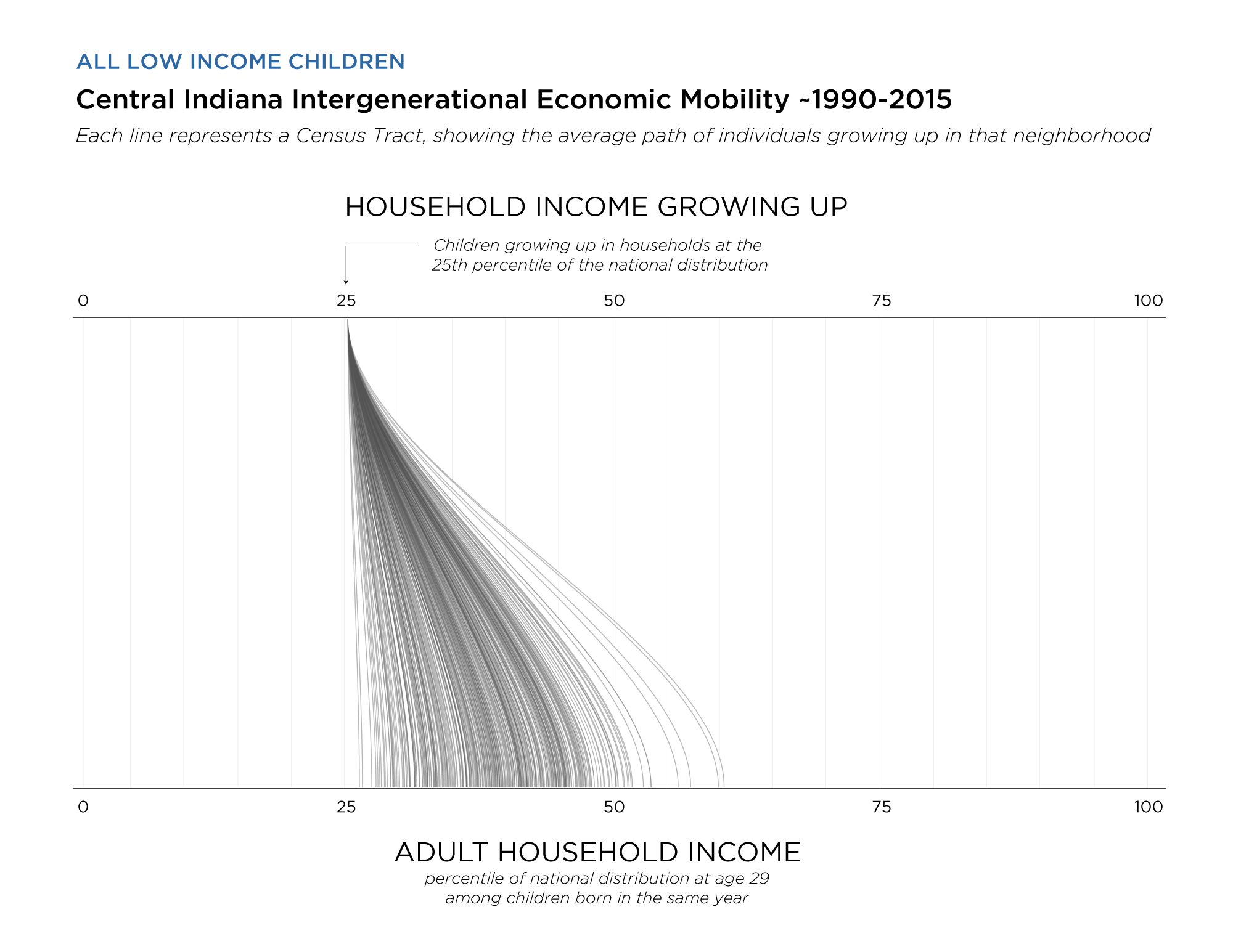
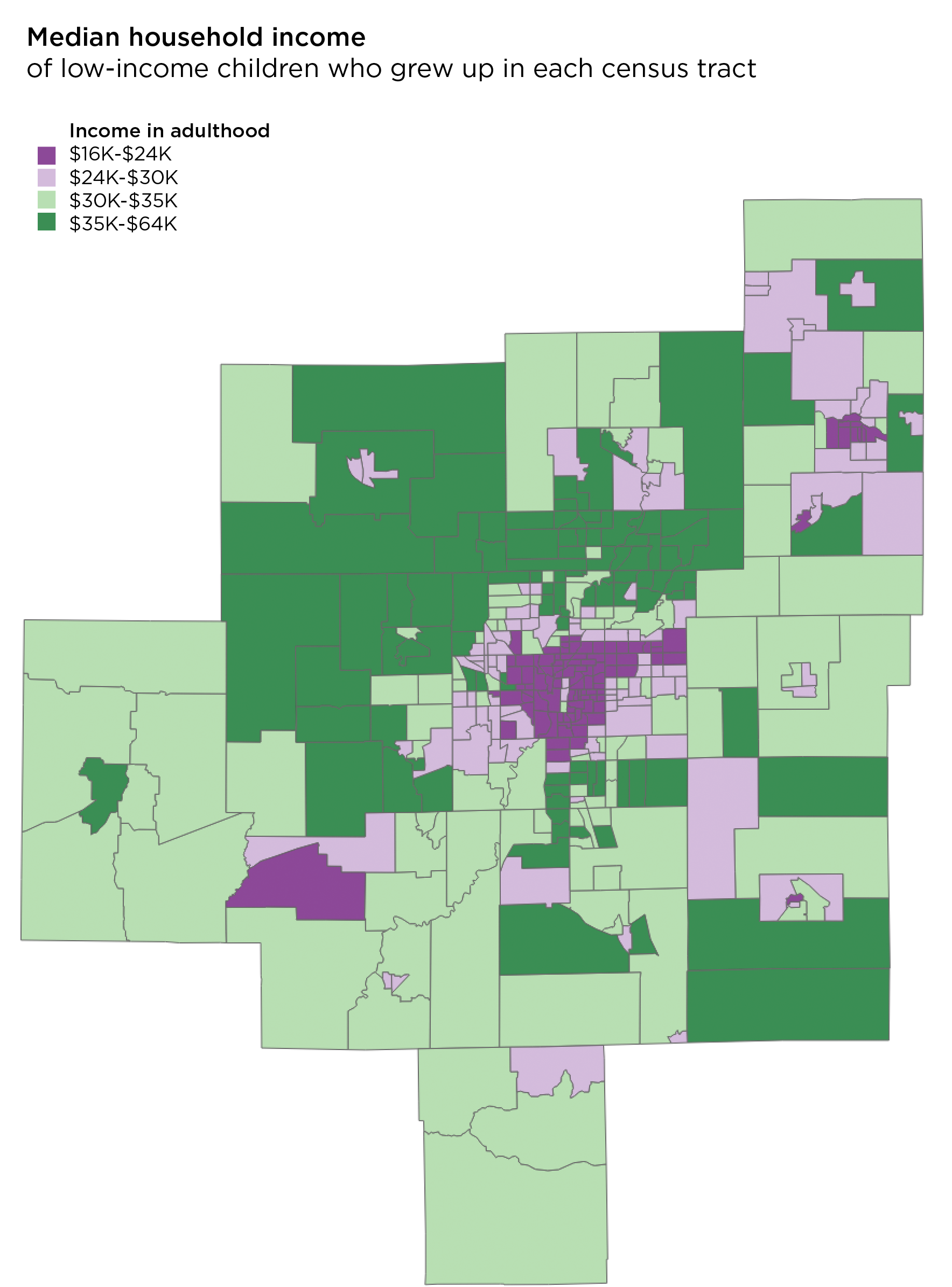
Articles and Story Maps
Explore other research and interactive content we have developed around equity.
Michigan Street a Century Ago: A Neighborhood Node
Two miles east of downtown, Michigan Street is largely vacant. But in the early 20th century was a bustling corridor for the Willard Park and St. Clair neighborhoods. Discover the history and demographics of these blocks.
Candidate’s Housing Proposal Calls Attention to How We Measure Vacancy Rates
It’s hard to know exactly how many vacant units are in Indianapolis, but it’s clear that many neighborhoods struggle with hypervacancy.
The Changing Landscape of Poverty
One in four residents live in low-income neighborhoods or concentrated poverty. Poverty has been increasing in the Indianapolis region, as it has in many Midwestern metropolitan areas. In 2017, 14 percent of Central Indiana residents lived below the poverty...
Increasing Mortgage Values
Mortgage values are increasing across the county, indicating an increase in housing prices. We explore the fastest changing areas, as well as places with very little little mortgage activity.
Indy’s Poverty Increased over 50 Years, What about Peers?
The Indy region’s poverty rate increased over the past 50 years, mostly between 2000 and 2010. We looked at peer cities from Cincinnati to Austin to see if they experienced similar trends.
In Christian Park, a Postwar Neighborhood Experiences 21st Century Changes
Christian Park was subdivided in the 1920s, but mostly built after World War II. Once an all-white neighborhood with high home ownership, the area has become part of a Latino community on the southeast side, and home ownership has fallen.
Mapping Bands of Urban and Suburban Development
Using the age of housing stock in each neighborhood, we have created “development bands,” which group areas by the time period in which they were primarily built.
Children Transfer Often at Charter Schools, Low-Income Schools
When a student changes schools often, it can impact education outcomes. Charter schools tend to have the highest transfer rates, and a school’s share of students from low-income families has a strong relationship to transfer rates.
Indy Neighborhoods with Fastest Changing Income Diversity
Most neighborhoods became more mixed-income between 2011 and 2016. Farley, near Ben Davis, had the biggest increase in income diversity, while the historically black suburb Grandview had the biggest decrease.
Indy’s Least Mixed-Income Neighborhoods
Explore neighborhoods where residents are highly concentrated into a few income groups. We dive into examples of concentrations of low-income residents, high-income residents, and middle-income residents.
Authors
Sharon Kandris
Associate Director,
The Polis Center
Jay Colbert,
Data Manager,
The Polis Center
Jeramy Townsley,
Visiting Research Analyst,
The Polis Center
Matt Nowlin,
Research Analyst,
The Polis Center
SAVI Talks Panelists
Patrice Duckett
Exec. Director
Fay Biccard Glick Crooked Creek Neighborhood Center
Amy Nelson
Exec. Director
Fair Housing Center of Central Indiana
Pamela Ross
VP of Opportunity, Equity & Inclusion
Central Indiana Community Foundation
SAVI Talks Moderator
Jill Sheridan
Health & Science Reporter
Indiana Public Broadcasting, WFYI
Event Partners
